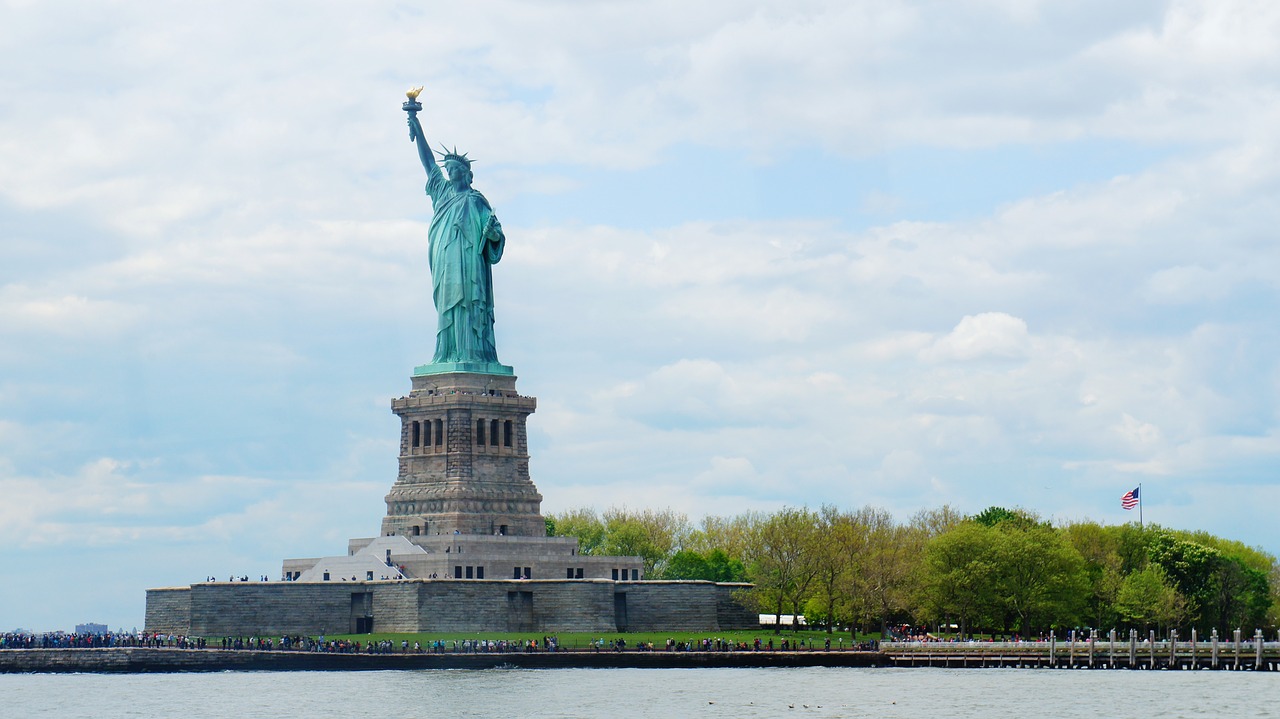
The United States of America (USA) start their formal schooling from around age five as part of the USA’s Elementary School system. The USA’s secondary school system comprises middle or junior high schools, followed by high schools, where graduates receive a high school diploma or certificate.
Higher education within the United States (US) consists of colleges and universities, which offer college certificates and diplomas, as well as, university undergraduate, post-graduate and doctoral degrees.
Bachelor degrees generally take four years to complete, with the first two years covering more general knowledge subjects like literature, science, arts and history, before ‘majoring’ in a specialist area which can lead to a post-graduate degree after completing specific entry requirements.
The US higher education system comprises State colleges and universities which are run by State or Local governments and are known as ‘public’ higher education institutions. The USA also offers the opportunity to study at a ‘private’ college or university, run by a private organisation or religious body.
USA Community colleges offer two-year associate degrees and certificates, which provide two pathways. A pathway into a degree or a path into the workforce. Credits earned at a community college can be transferrable to a degree course. Institutes of technology offer four-year programs in science and technology.
Tuition fees at US colleges and universities vary. Public colleges and universities have lower tuition fees starting from $US7,000 per year, while top-tier US university fees cost upwards of $US60,000 per year.
The cost of living in the US while you are studying also varies greatly, with on-campus residencies offering a very affordable option to overseas students. Annual ongoing costs, including personal requirements, can start at around $US10,000. It is also mandatory for overseas students to have health insurance while studying in the US, costing about $US1,000 per year.
Application processes to study at a US college or university will require you to provide your academic transcripts showing your grades and your ‘grade point average’ (GPA).
An academic school year in the US generally runs from August-September to May-June the following year and comprises two ‘semesters’ or four ‘terms’.
The United States of America (USA) has among the most highly renowned universities globally, with a large percentage of USA universities ranking in the world’s top 50 universities. The USA also attracts the largest number of overseas students in the world, with over 1 million studying in the US at any time
The number of degrees and research opportunities on offer are also very broad, and USA university degrees are highly regarded around the world. Studying in the USA offers the opportunity to expand your English language skills.
The cost of a degree in the USA for overseas students depends on whether you enrol into a public/State college / university from around $US7,000 per year for a college degree, and from around $US12,000 for a university degree. Private universities annual tuition fees for an undergraduate degree ranging from around $US40,000-50,000.
There are many scholarships on offer for international students, including government sponsored scholarships like the Foreign Fulbright Student Program. US colleges and universities also offer their own scholarship programs.
There are opportunities for overseas students to work on-campus or in ac specific are in the US while you are studying at one of their colleges or universities if you are eligible for an F-1, H-1B or M-1 Visa, with more options to work off-campus from your second year of study.
Other options to study include the Optional Practical Training (OPT) program, where you can work up to 12 months before or after completing your studies. There is also the Curricular Practical Training program which offers international students the opportunity of undertaking study-related work.
Many United States’ CEOs and Founders of top USA Tech companies started their life in the USA as international student, such as Elon Musk and Sundar Pichai.
USA college/university campus life offers opportunities to socialise with the locals and other international students from around the world.
USA’s multicultural population means that you can experience different cultures. Some USA cities offer experiences just like you are in the country of origin with neighbourhoods set up around specific world regions such as Chinatown, Little Italy, and more.
Geographically, the US offers great diversity, from the Rocky Mountains to the Pacific and Atlantic coastlines. The Great Lakes in the north and Florida in the south both offer great outdoor and water-related activities.